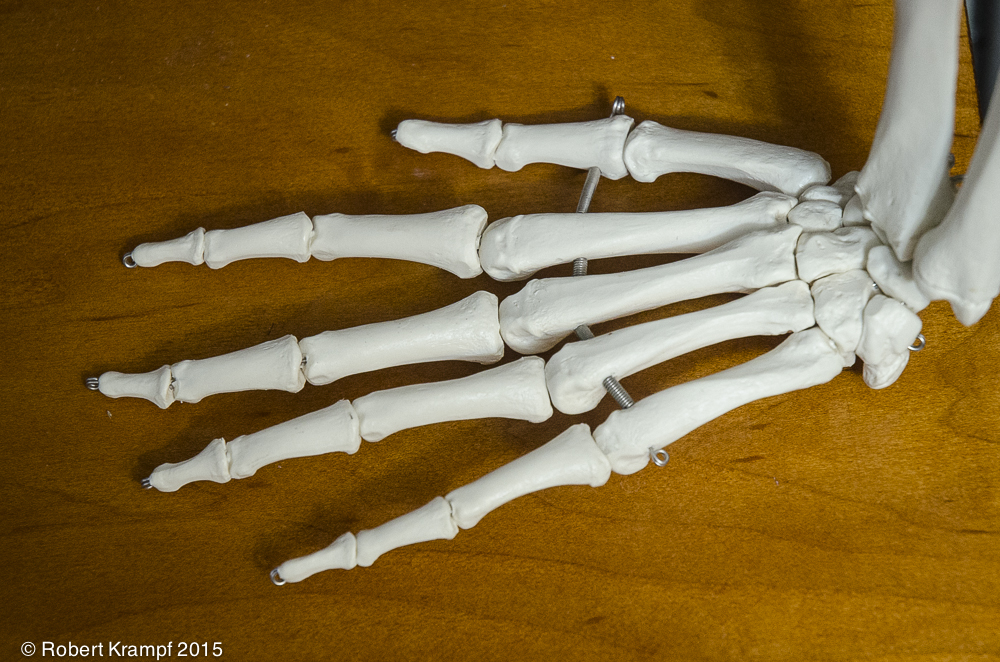
I did a Google search for: How many bones are in the human hand?
The search found over 90,900,000 results! On the first page were what Google thinks are the top ten pages related to that question, and scrolling down, I could see that several of them had an answer in the sample text that Google provides for each. With all of those results, finding the answer to our question should be incredibly easy, right? Well......let's look and see.
Scrolling down the page, I found several results that said the human hand has 27 bones. I found one that said 29 bones, and one that said 19 bones. How can that be? For something as simple as counting the bones in a skeleton, shouldn't they all have the same answer?
Obviously, this is going to take some deeper investigation. Instead of starting with the most common answer (27), lets investigate the answers that are different. That might help us alter our search to learn more. Clicking on the page that said 29 bones, I found that it specified that the human hand has 29 major and minor bones. What is the difference between major and minor bones?
Let's alter our search a bit.
Search for: How many bones are in the human hand minor
Adding the word "minor" to the search phrase will change the results. Clicking on several of those results shows us that the count of 27 bones does not include the tiny sesamoid bones, and that the number of sesamoid bones varies from person to person. Now we have another question. What is a sesamoid bone? Make a note to look that up later.
First, let's go back to the page that said there were only 19 bones in the human hand. Looking at that page shows that they excluded 8 bones from the wrist, just counting the 5 metacarpals and the 14 phalanges. Exactly how you phrase a question can determine what answer you get.
Take some time to search for the answers to some of your questions about your hand (and about sesamoid bones). Be sure not to stop at the first answer you come to. Check several sources, and compare their answers. It is usually a good idea to look over the first few pages of search results. Keep notes as you go along. How many sites do you have to visit to be sure of your answer? Does changing the words you use in your search make a difference? Do some types of websites seem to provide more accurate or less accurate information? Are there questions that you could not find a good answer for? If so, be sure to keep track of them, because we will have some fun trying to track those down later. We will also find that sometimes the correct answer is, "We don't know yet."
